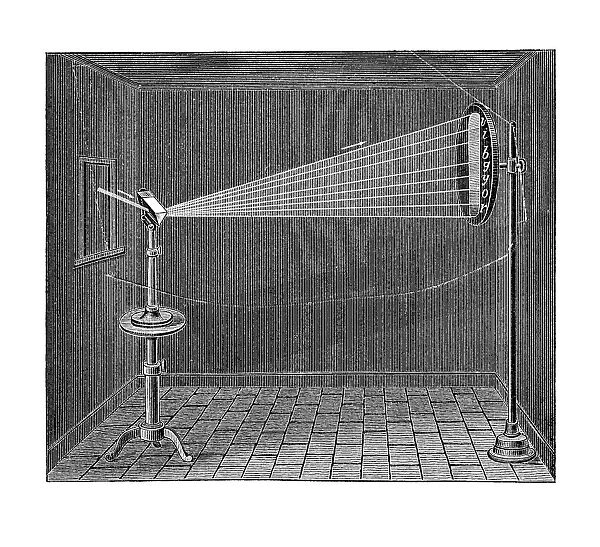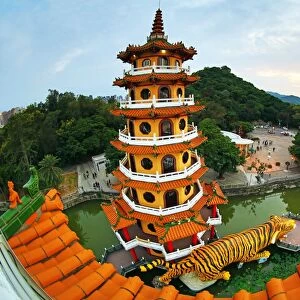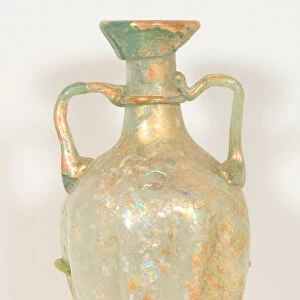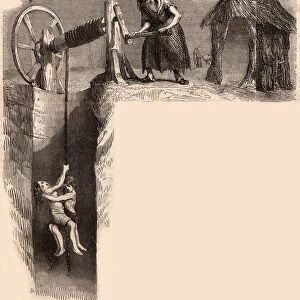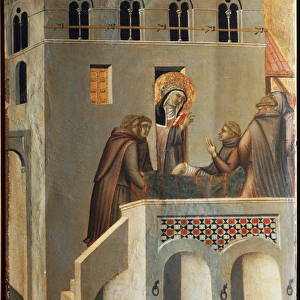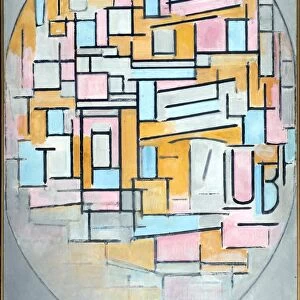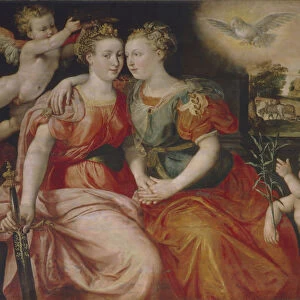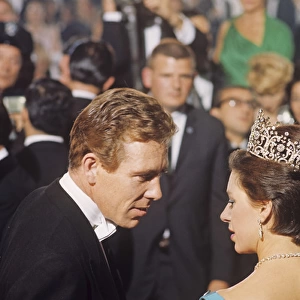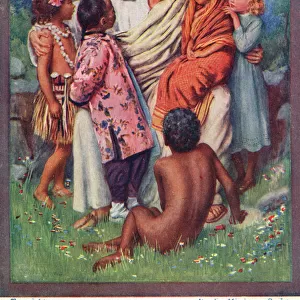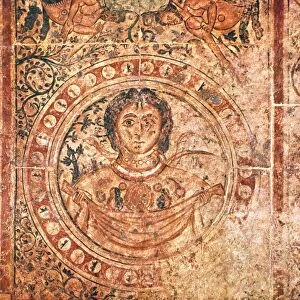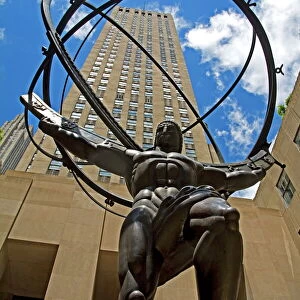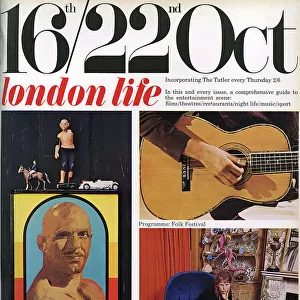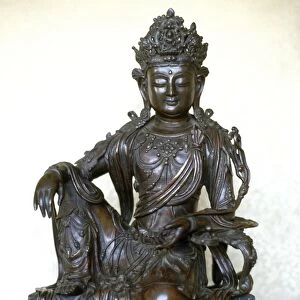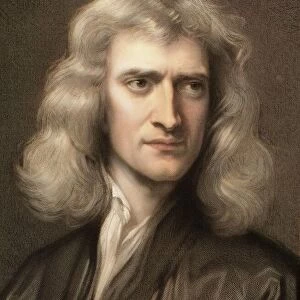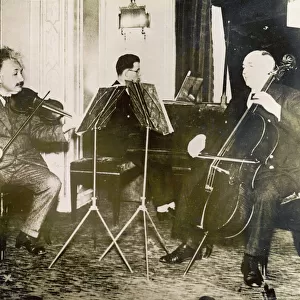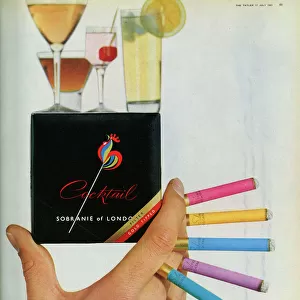Home > Science > Scientists > Sir Isaac Newton
Visible light spectrum experiment
![]()

Wall Art and Photo Gifts from Science Photo Library
Visible light spectrum experiment
Visible light spectrum experiment. Historical artwork of the experiment that showed how a prism (upper left) can be used to split a beam of white light into its component colours. The spectrum of visible colours (upper right) is also seen in nature as the colours of the rainbow. From top to bottom the colours are: violet, indigo, blue, green, yellow, orange and red. The English physicist and mathematician Isaac Newton (1642-1727) was the first to explain this phenomenon, carrying out this experiment in the 1660s. He identified the seven colours named here, but the results were not known until he published Opticks (1704)
Science Photo Library features Science and Medical images including photos and illustrations
Media ID 6322249
© MEHAU KULYK/SCIENCE PHOTO LIBRARY
1600s 1700s 17th Century 18th Century Apparatus Blue Colour Colours Darkened Experiment History Of Science Indigo Light Newton Optical Optics Orange Prism Spectrum Split Splitting Violet Visible Light Yellow 1704 Laboratory Mono Chrome Physical
FEATURES IN THESE COLLECTIONS
> Abstract Art
> Rainbows
> Science
> Scientists
> Sir Isaac Newton
EDITORS COMMENTS
This historical artwork captures the groundbreaking experiment that unveiled the secrets of visible light spectrum. In this illustration, we witness the ingenious use of a prism in the upper left corner, which effectively splits a beam of white light into its mesmerizing component colors. The upper right portion showcases nature's own rendition of these colors as seen in rainbows – an awe-inspiring display indeed. The brilliant mind behind this revolutionary discovery was none other than Isaac Newton, the esteemed English physicist and mathematician. Conducted during the 1660s, Newton meticulously identified and named seven distinct colors: violet, indigo, blue, green, yellow, orange, and red. However, it wasn't until his publication of "Opticks" in 1704 that his remarkable findings became widely known. This exquisite artwork transports us back to an era when scientific exploration was at its zenith. It beautifully depicts Newton's apparatus within a dimly lit laboratory setting while highlighting the vibrant spectrum produced by his experiments with light manipulation. The monochrome aesthetic adds a touch of elegance to this piece from the 17th or 18th century. As we gaze upon this image captured by Science Photo Library's lens through time and space itself seems to converge. We are reminded once again of humanity's insatiable curiosity and our relentless pursuit to unravel nature's mysteries – one colorful ray at a time.
MADE IN THE USA
Safe Shipping with 30 Day Money Back Guarantee
FREE PERSONALISATION*
We are proud to offer a range of customisation features including Personalised Captions, Color Filters and Picture Zoom Tools
SECURE PAYMENTS
We happily accept a wide range of payment options so you can pay for the things you need in the way that is most convenient for you
* Options may vary by product and licensing agreement. Zoomed Pictures can be adjusted in the Cart.

